8 historical congregations to visit and explore
February 6, 2022 · Culture & History, Holidays, Visit
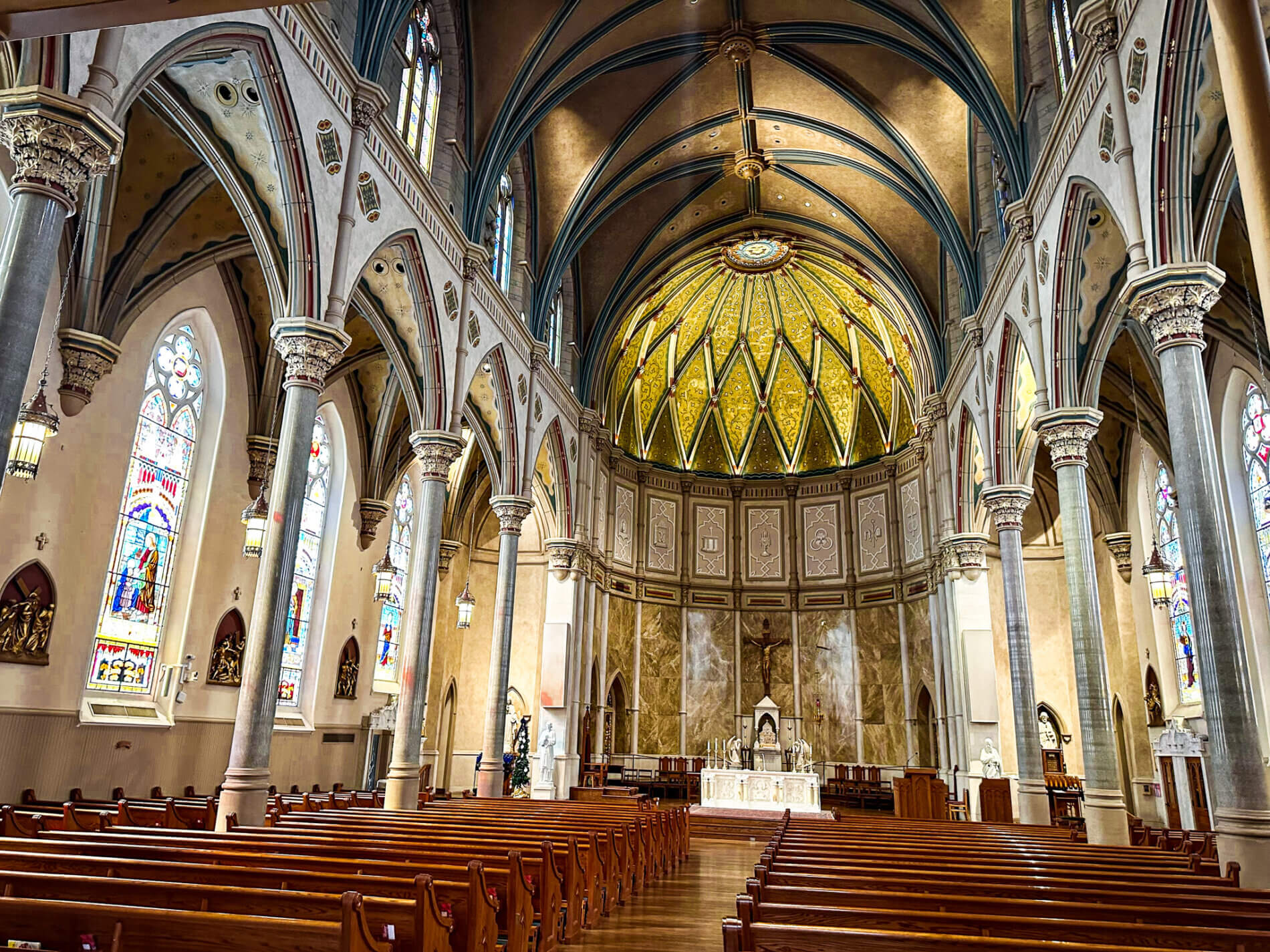
Downtown Birmingham is full of beautiful buildings, both new and old! A good portion of those buildings consist of churches, and while many of them are beautiful to look at, they also have a rich history that is often overlooked. Although it is important to appreciate the intricate designs on the stained glass windows and the brick, which dates back centuries, it is just as important that we recognize the integral part these buildings have played in shaping the city of Birmingham. We have highlighted just a few of downtown Birmingham’s beautiful historic churches below. We hope you enjoy reading about them just as much as we did!
16th Street Baptist Church
Location: 1530 6th Ave N, Birmingham, AL 35203
Website: https://www.16thstreetbaptist.org/
About: Established in 1873, the 16th Street Baptist Church was Birmingham’s first Black church. Initially situated on 12th Street North and 4th Avenue, the congregation moved to its current location at 16th Street and 6th Avenue North in 1880. Facing the demolition of the original building, the church collaborated with Black architect Wallace Rayfield and contractor T.C. Windham to construct a new church in 1911. It served as a communal space throughout segregation, earning the moniker “everybody’s church.” In 1963, the church played a pivotal role in civil rights marches and, tragically, became infamous when a bombing occurred on September 15, resulting in the deaths of four young girls.
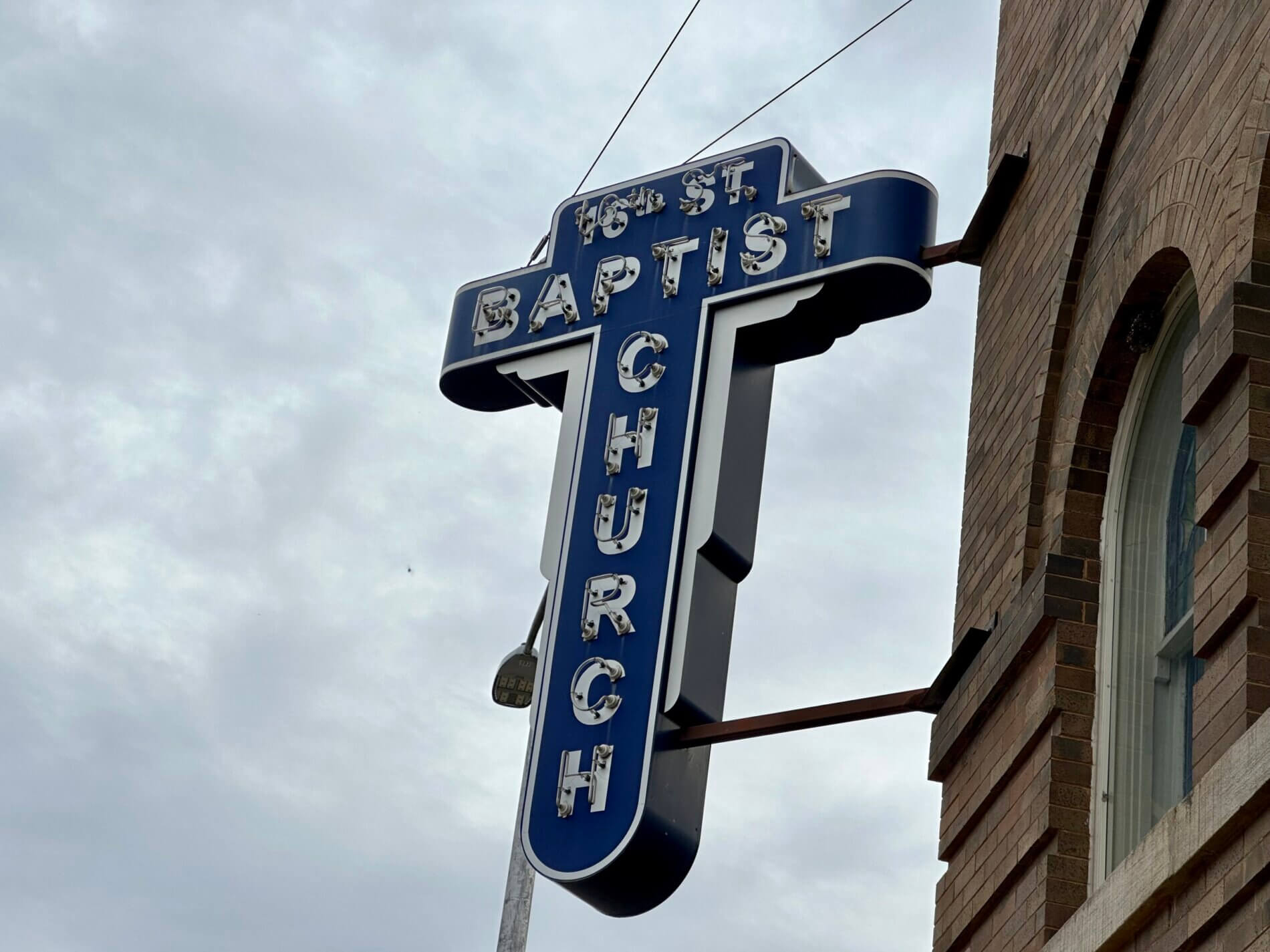

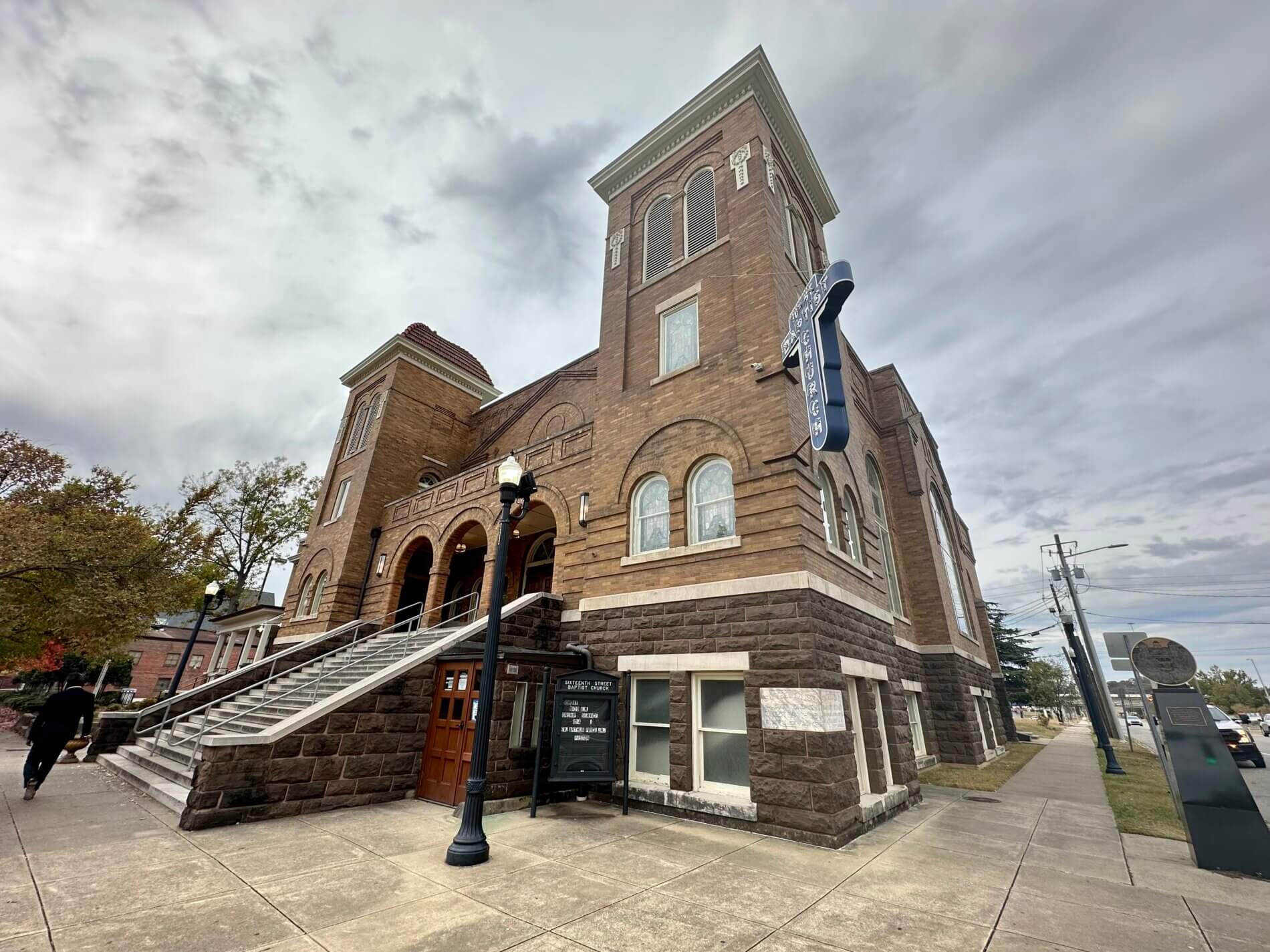
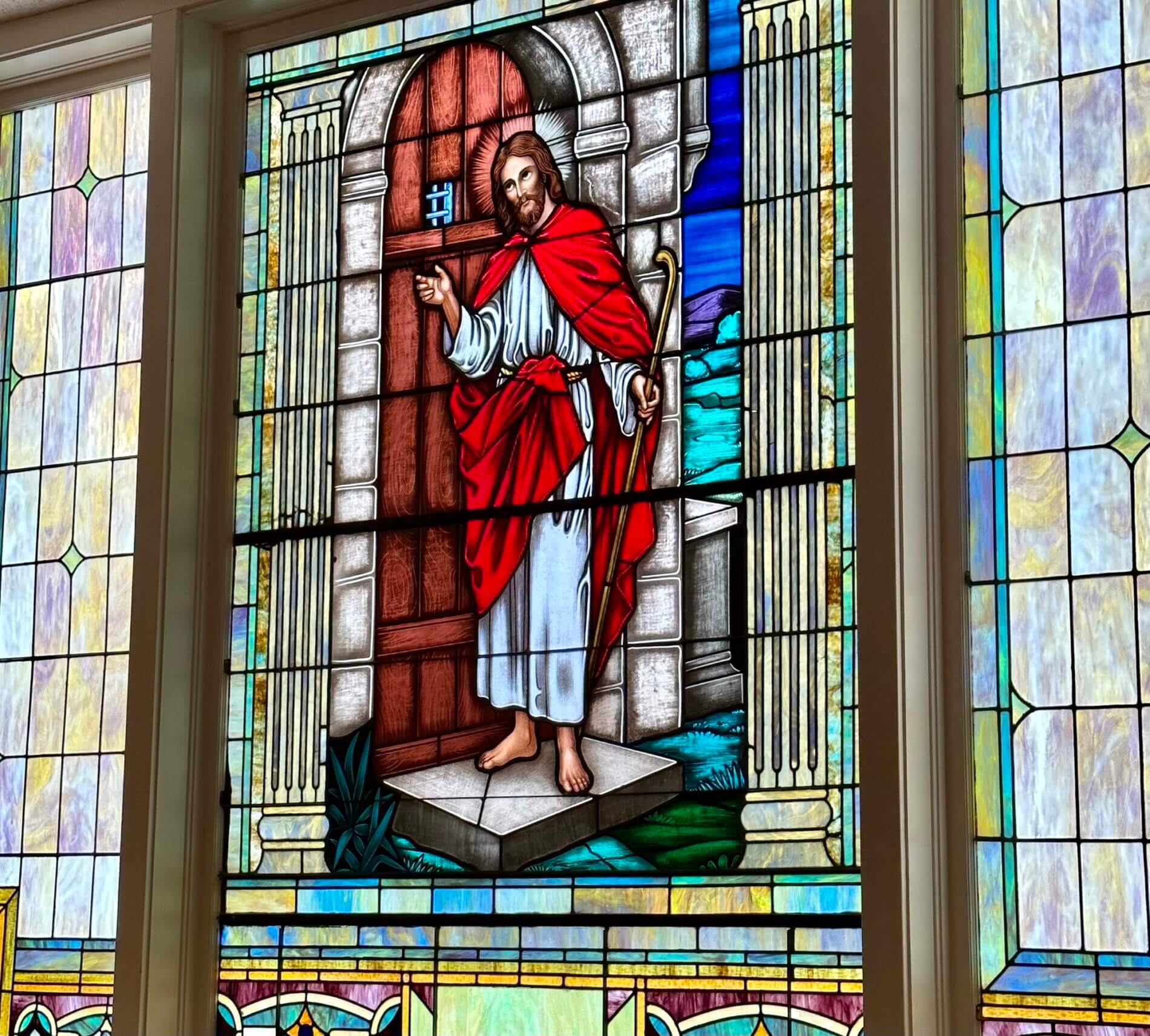

First Presbyterian Church
Location: 2100 4th Ave N, Birmingham, AL 35203
Website: https://www.fpcbham.org/
About: Founded in 1858 as the Old School Presbyterian Church, the First Presbyterian Church (FPC) has been steadfast in Birmingham since 1872. Initially located in the west end, it moved to its current spot at 21st Street and Fourth Avenue North in 1872, becoming the city’s first church building. FPC retains its original charm despite numerous remodels to accommodate a growing congregation. The church weathered challenges like the Great Depression and the Civil Rights Movement. During the Civil Rights Movement, Dr. Edward V. Ramage, FPC’s pastor, received Dr. Martin Luther King’s “Letter from Birmingham Jail,” leading him to embrace inclusivity amid controversy by opening the church to all.
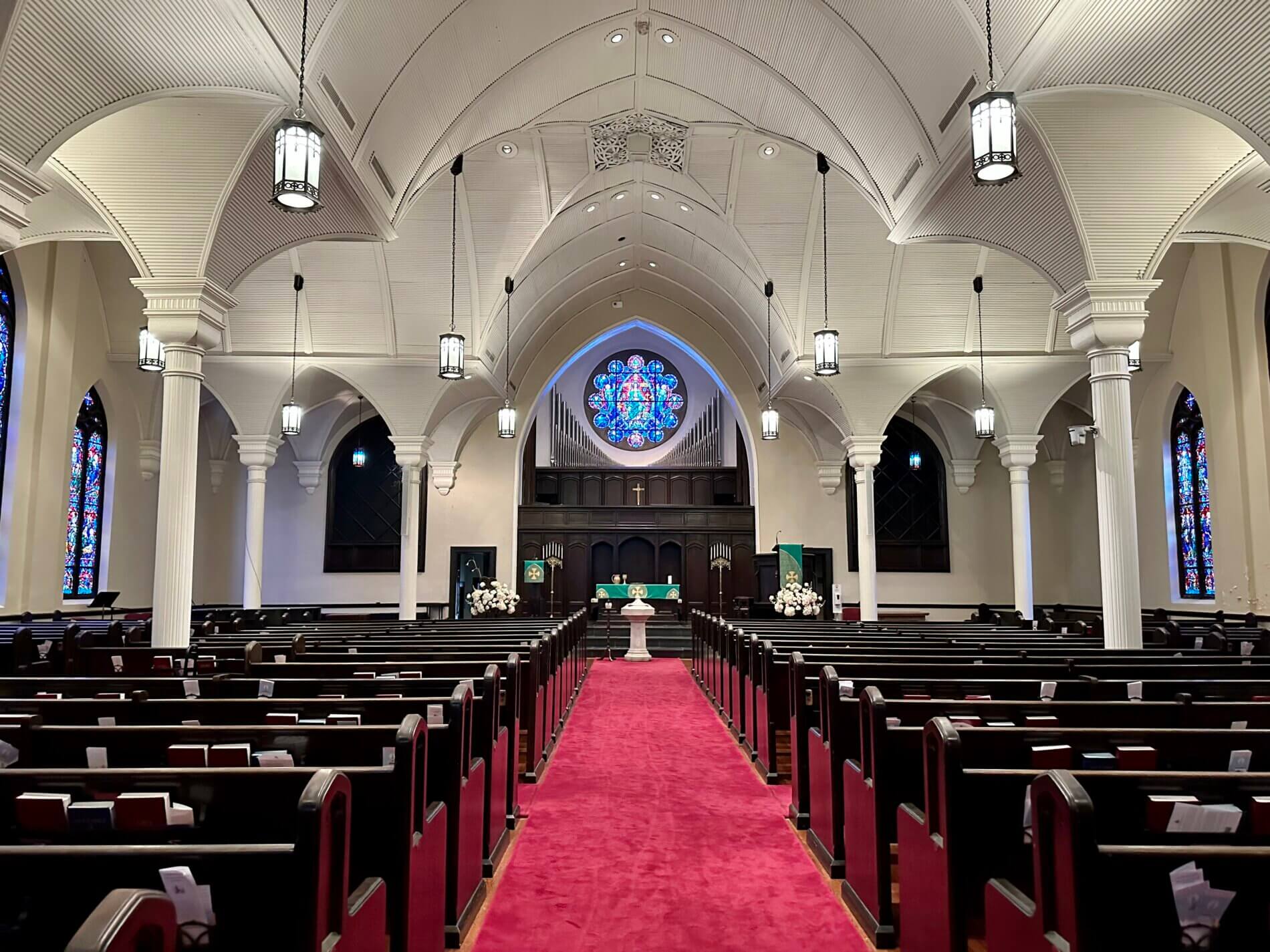

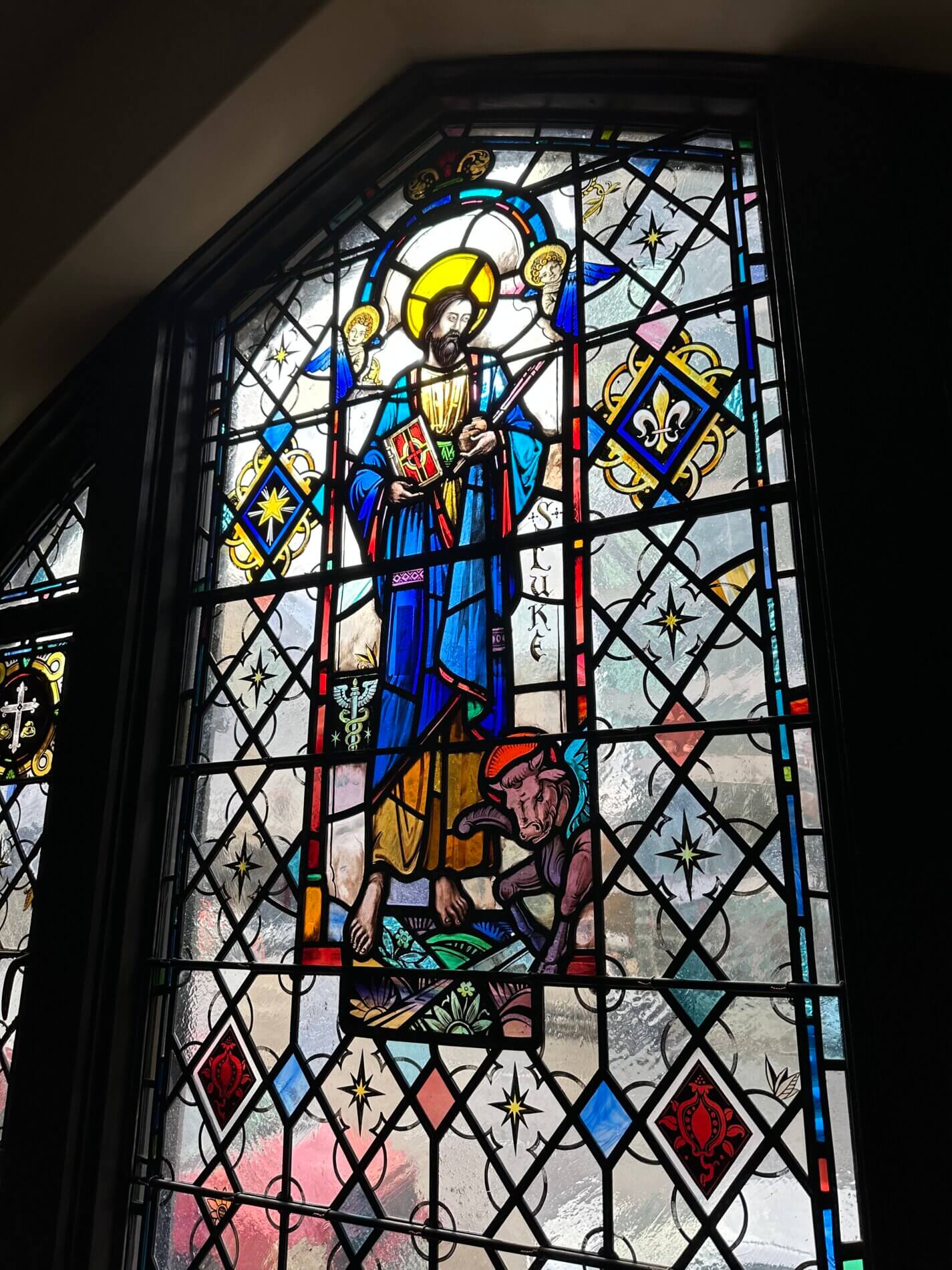

First United Methodist Church
Location: 518 19th St N, Birmingham, AL 35203
Website: https://www.firstchurchbhm.com/
About: Previously known as the First Methodist Episcopal Church South, this congregation began meeting in the Bryant House storefront on 1st Ave and 21st St. N in January 1872. That same summer, the Elyton Land Company offered them a lot of land in exchange for $5, and the congregation was able to build a small church. By 1883, the original frame was replaced with a larger building, which stood until 1891, when George Kramer constructed the structure that still stands today. Since then, the church has undergone multiple expansions, including major renovations in 1972 and 2014, which helped land the church a spot on the National Register of Historic Places.
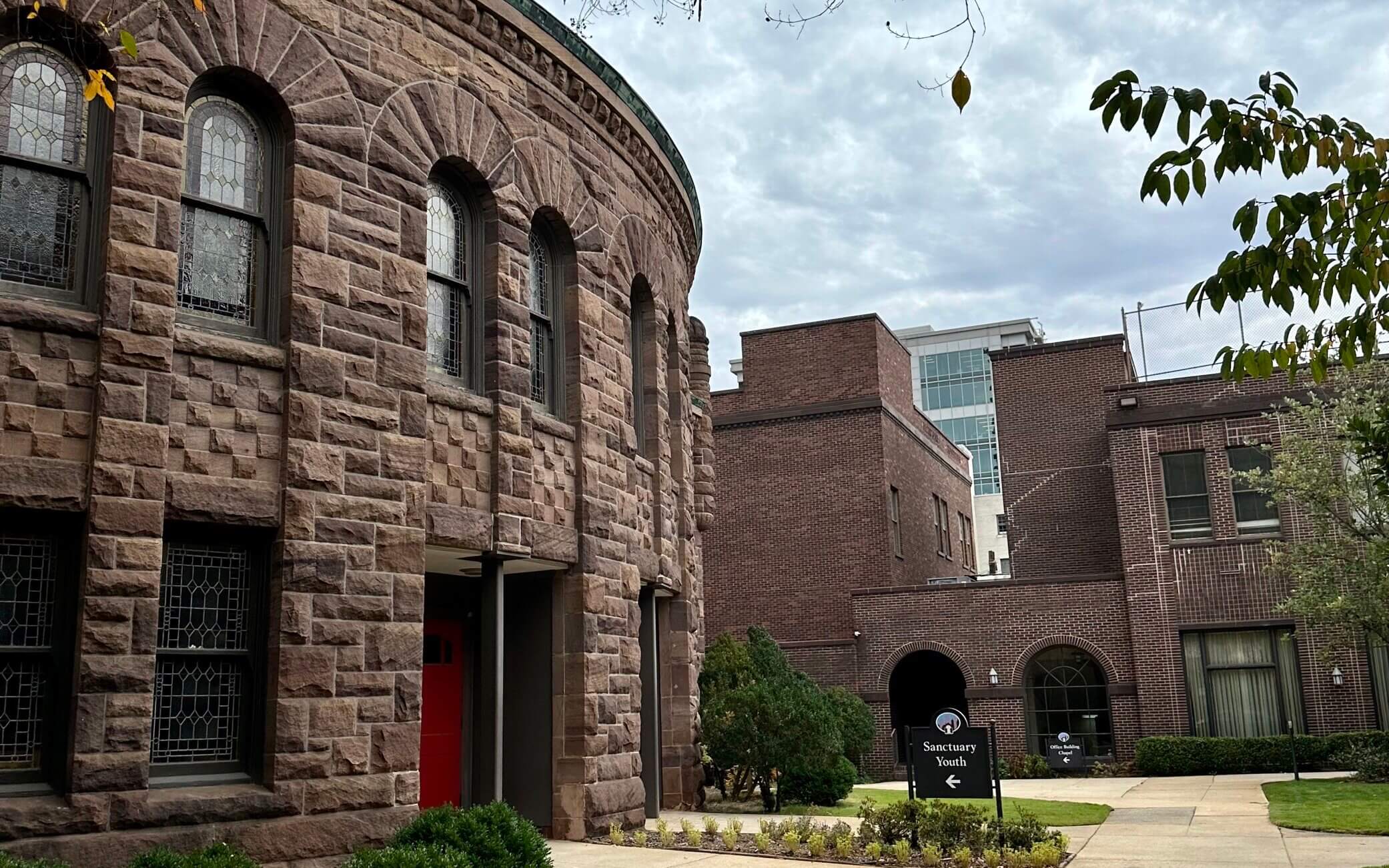
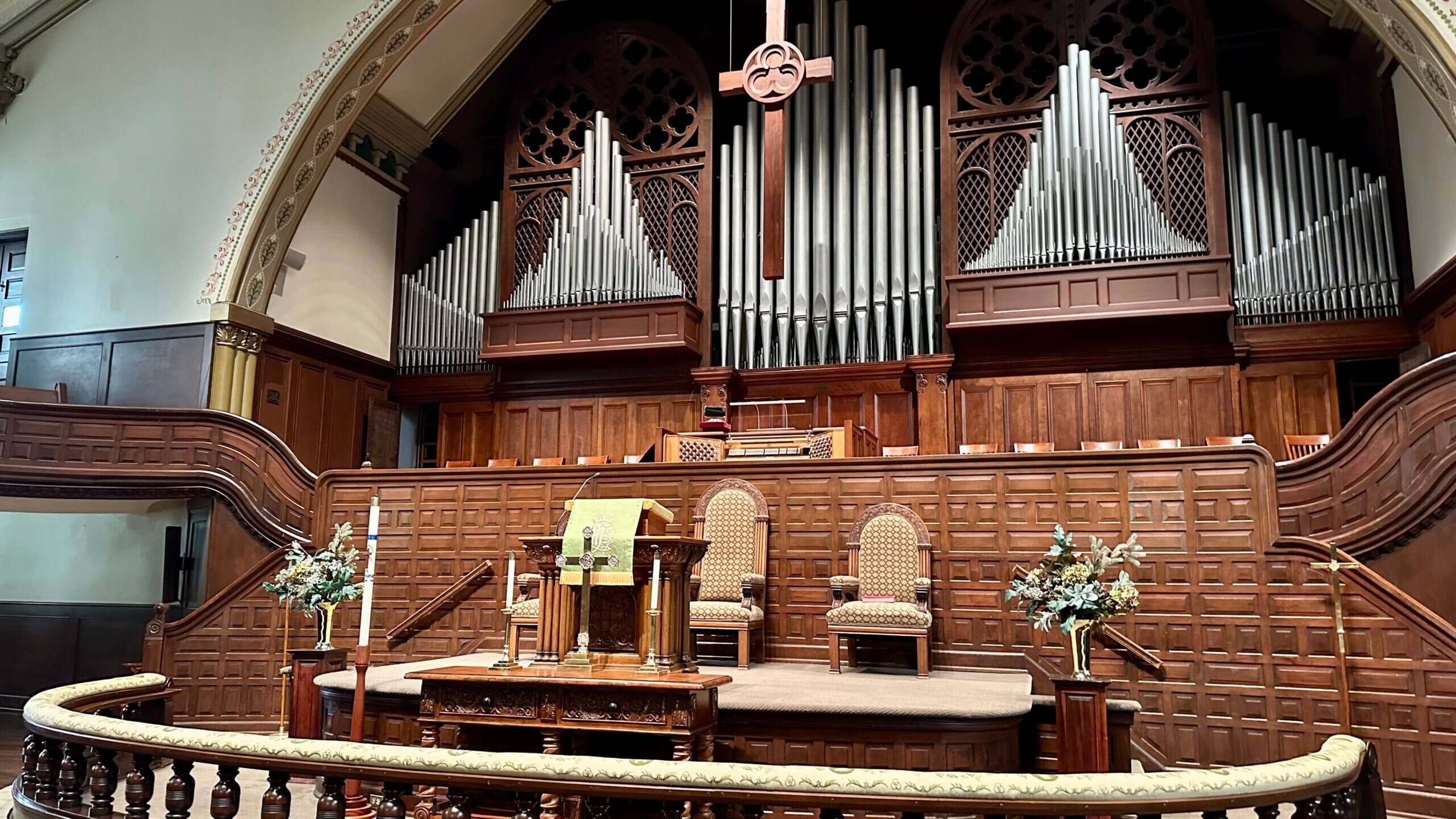


Cathedral Church of the Advent
Location: 2017 6th Ave N, Birmingham, AL 35203
Website: https://adventbirmingham.org/
About: The new city of Birmingham began rapidly growing in 1872 after the Elyton Land Company took over a lot of previously underdeveloped land and established a new industrial center. Bishop Richard Hooker Wilmer sent out Philip Fitts to serve congregations in the new city; Fitts found 16 Episcopalians in the city of Birmingham, and they began meeting at a corner lot sold to the young group for a whopping $5. The church’s worship space, known as the “Nave,” was completed by 1893, and worshippers were welcomed in. Since then, the church has added programs and undergone renovations to continue improving the space and the congregation.
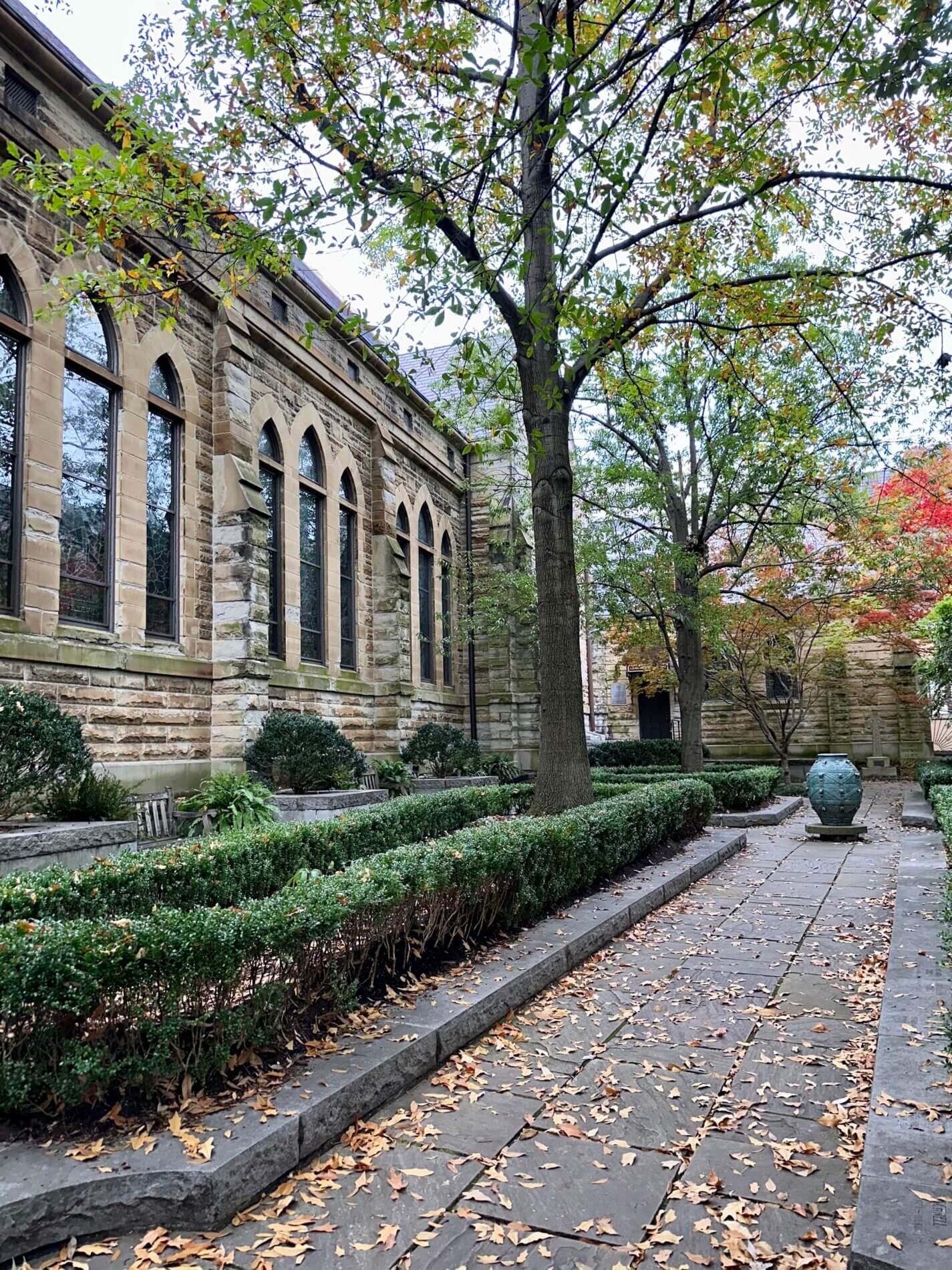
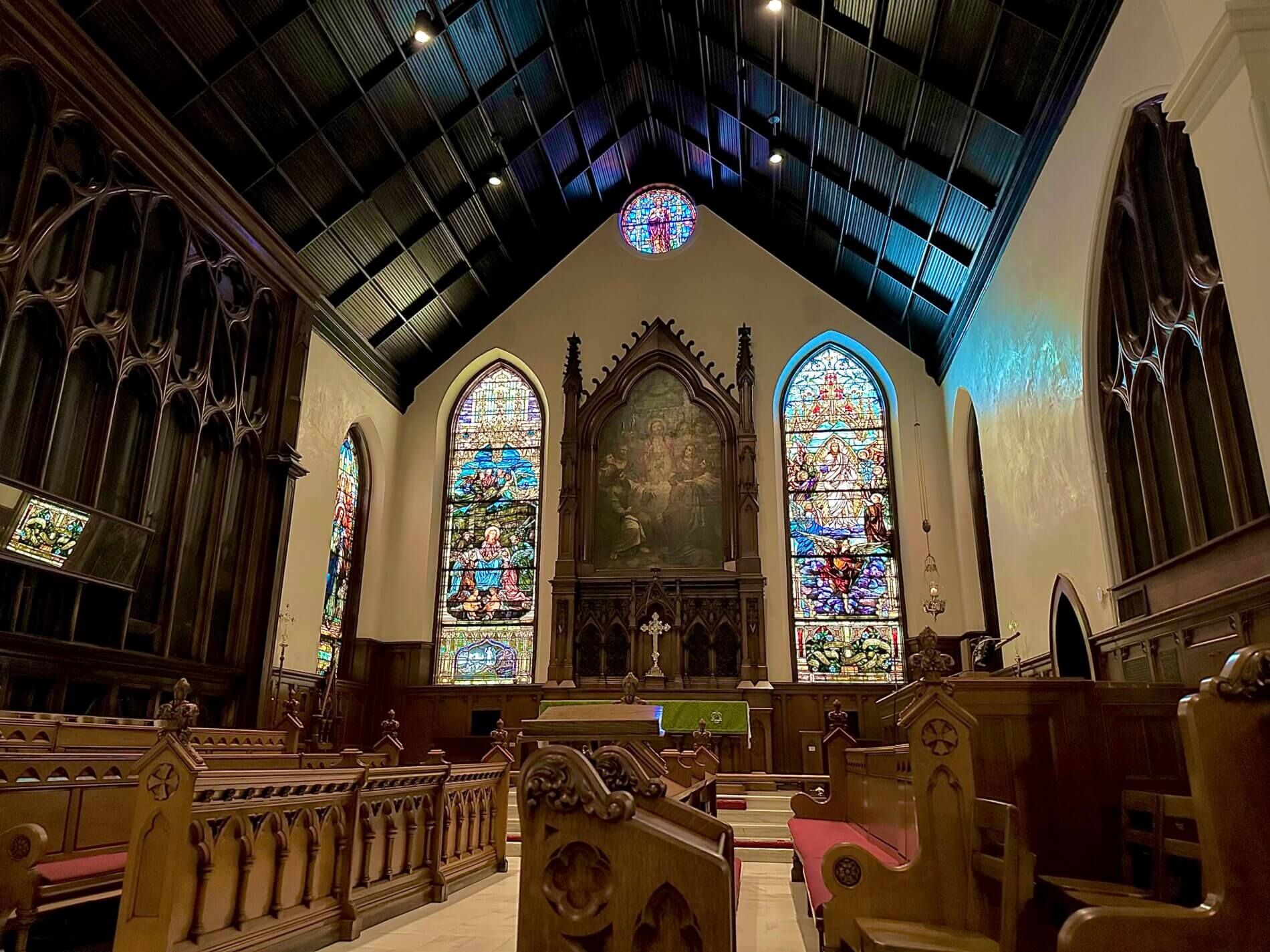
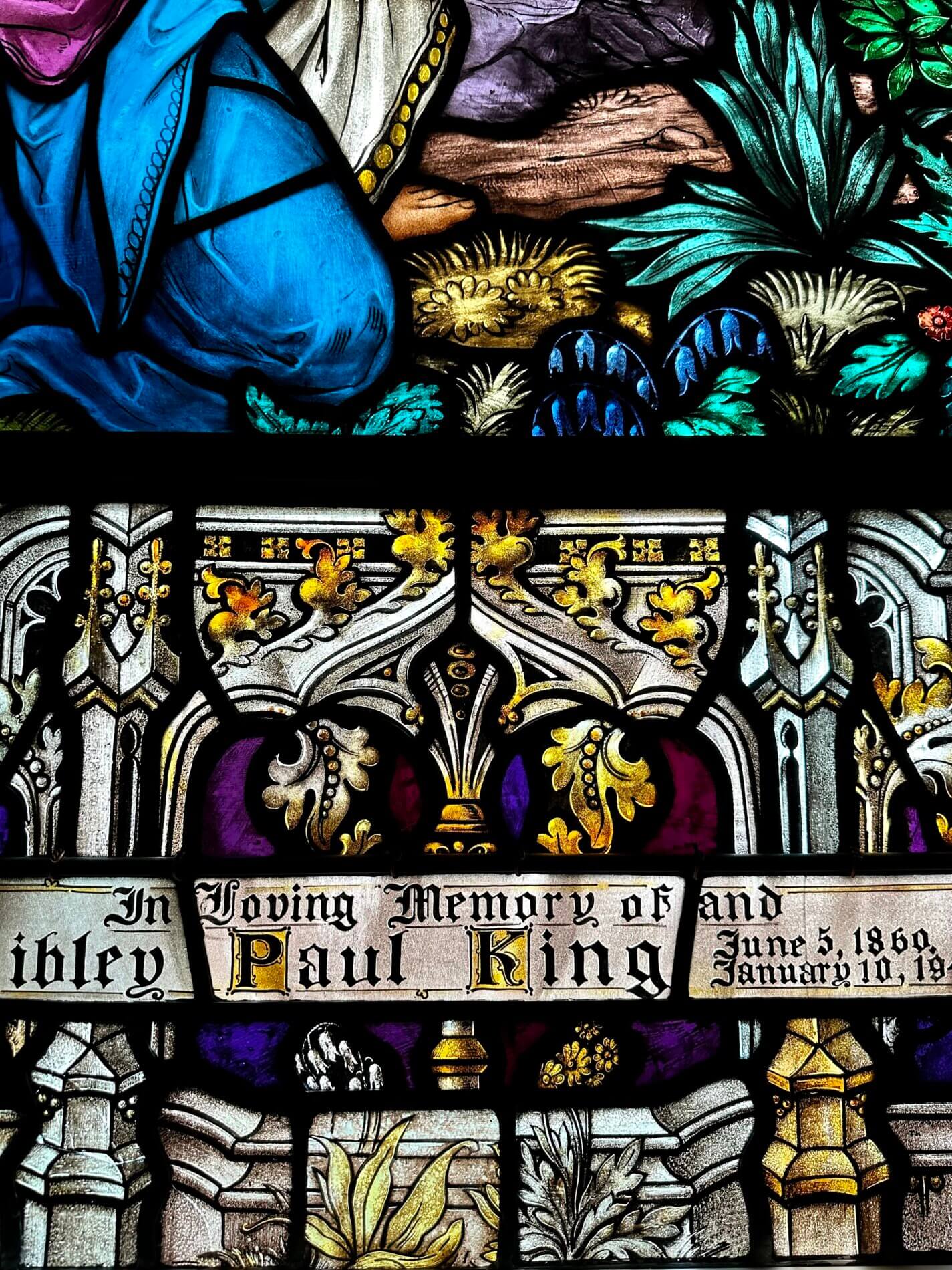
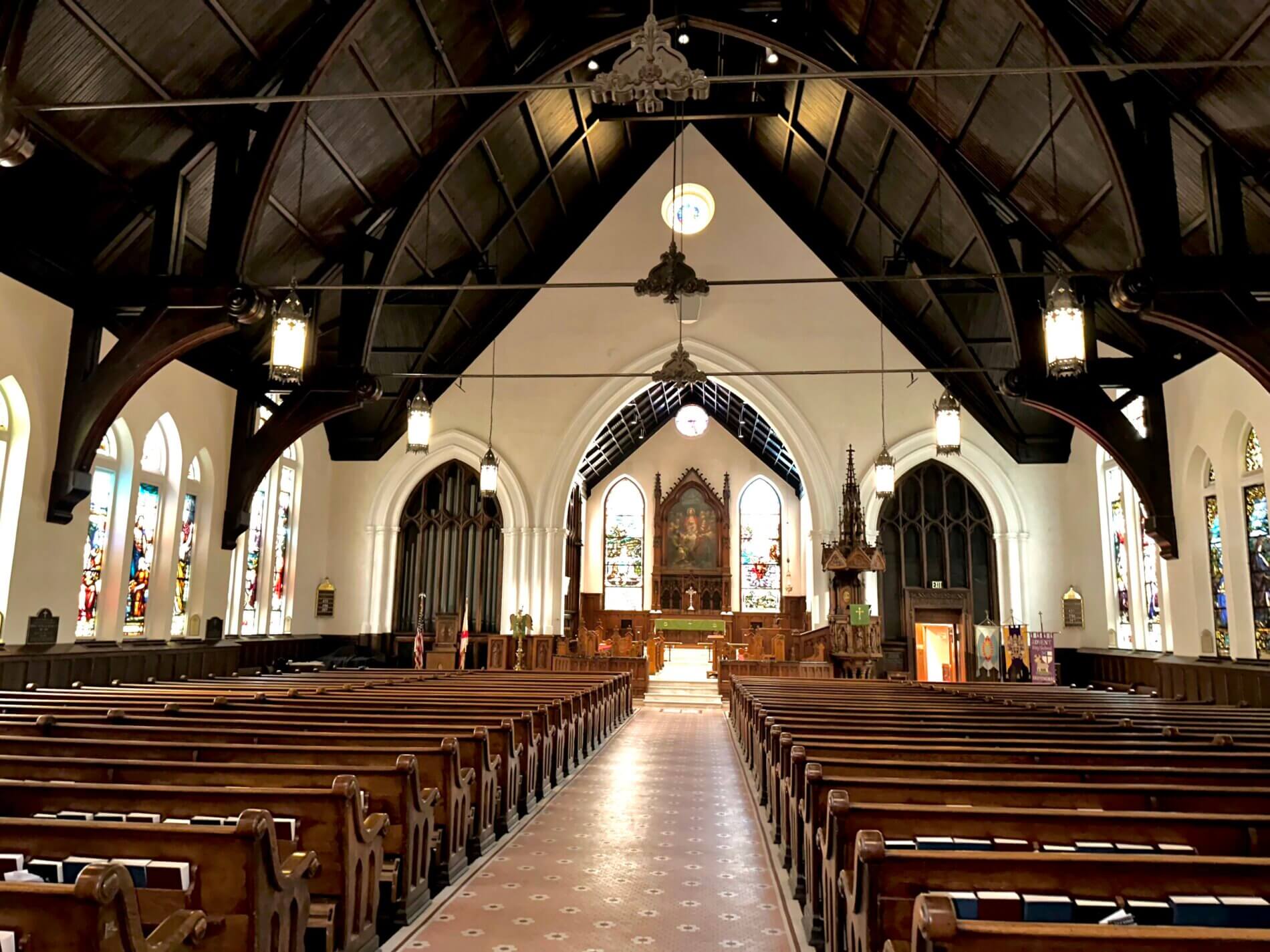

The Cathedral of Saint Paul
Location: 2120 3rd Ave N, Birmingham, AL 35203
Website: https://stpaulsbhm.org/
About: The current neo-classical building replaces a small (30′ x 60′) wooden frame church first built in 1872 on a lot adjacent to the present site. The land for the current location was purchased in January 1880; by May of the same year, under the first resident pastor, the Rev. John Browne, a rectory was built, and the church was moved on-site and enlarged. Rev. Patrick O’Reilly, the second pastor of St. Paul, planned the present building. The cornerstone was laid on June 11, 1890, and the building was dedicated on November 30, 1893, costing approximately $90,000.



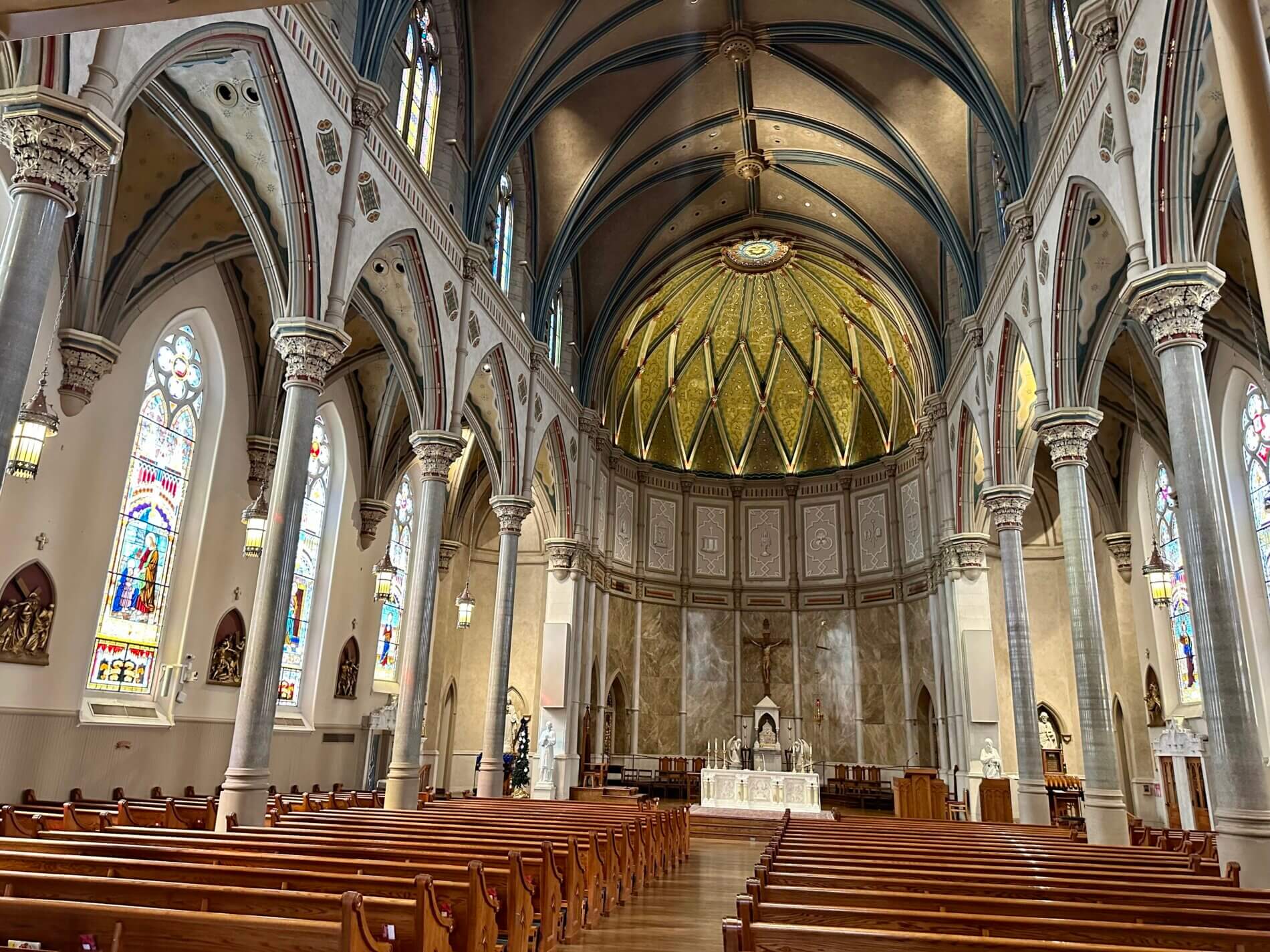
Holy Trinity Greek Orthodox Church
Location: 307 19th St S, Birmingham, AL 35233
Website: https://holytrinity-holycross.com/
About: The Holy Trinity-Holy Cross Greek Orthodox Cathedral in Birmingham, Alabama, traces its roots back to the late 19th century when the first Greek immigrant arrived in 1884. The influx of immigrants seeking economic and religious freedom led to the growth of a thriving Greek community, numbering 100 by 1903. Realizing the need for a church, the community formed “The Lord Byron Society” and purchased a wooden church building in 1906. The Holy Trinity and Holy Cross churches flourished separately until they united in 1953 to form the Holy Trinity-Holy Cross Greek Orthodox Church. Over the years, the church expanded its facilities, established ministries, and became actively involved in outreach and philanthropy. Today, it stands as a vibrant and dynamic Greek Orthodox Cathedral, contributing to the rejuvenation of downtown Birmingham while continuing to teach, share, and live the Orthodox faith.
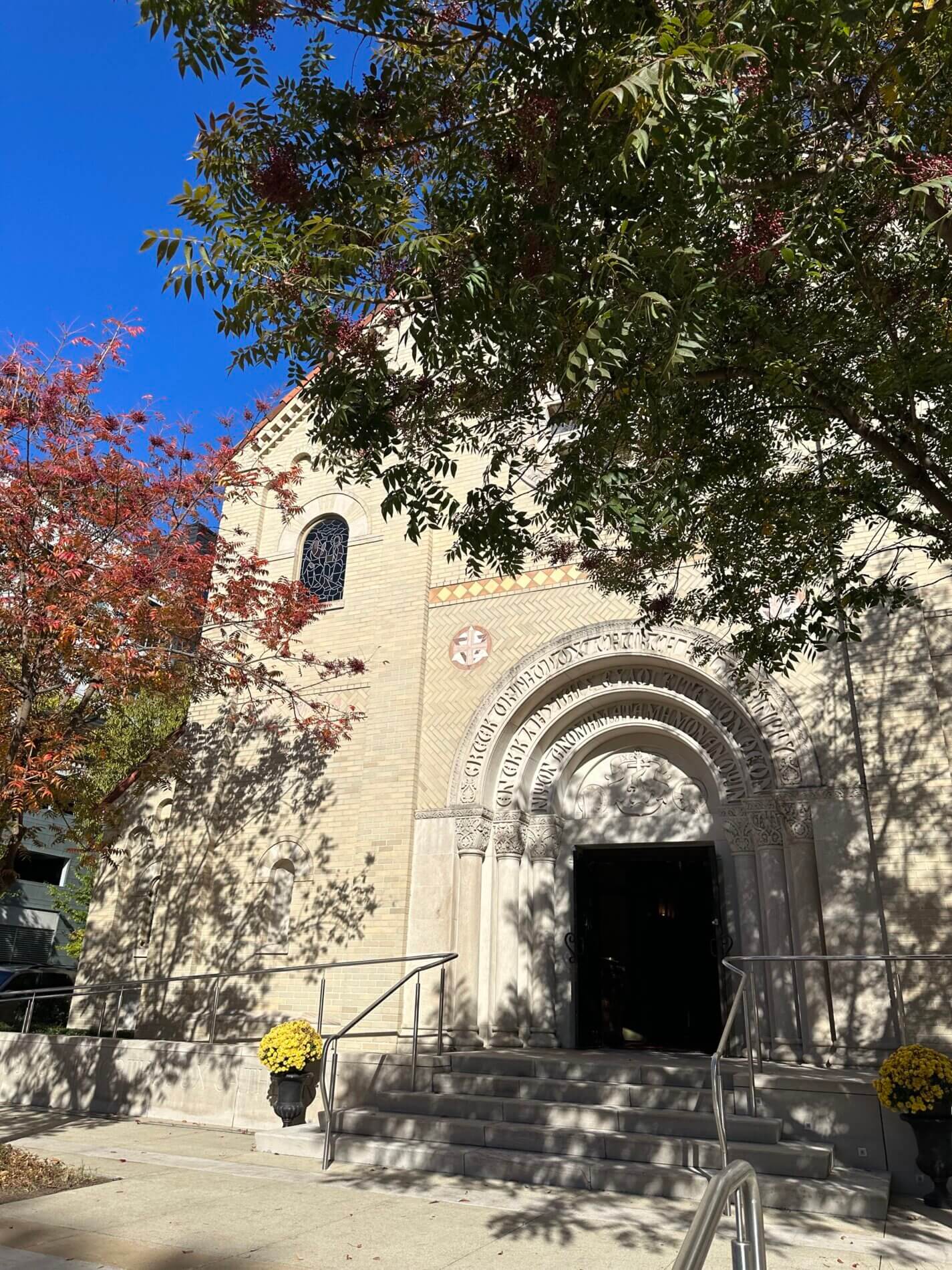



South Highland Presbyterian Church
Location: 2035 Highland Avenue S, Birmingham, AL 35205
Website: https://southhighland.org/
About: South Highland Presbyterian Church, an offshoot of Birmingham’s Third Presbyterian Church, was established to meet the needs of Highland’s growing community. In 1889, the first service took place at Taylor’s School, leading to the constructing of a frame building near the Parke Memorial Library. Facing financial challenges in 1893, the church prevailed, erasing debts by 1900. The grand English Gothic Revival church was designed by architect D. A. Helmich and was erected in 1892.
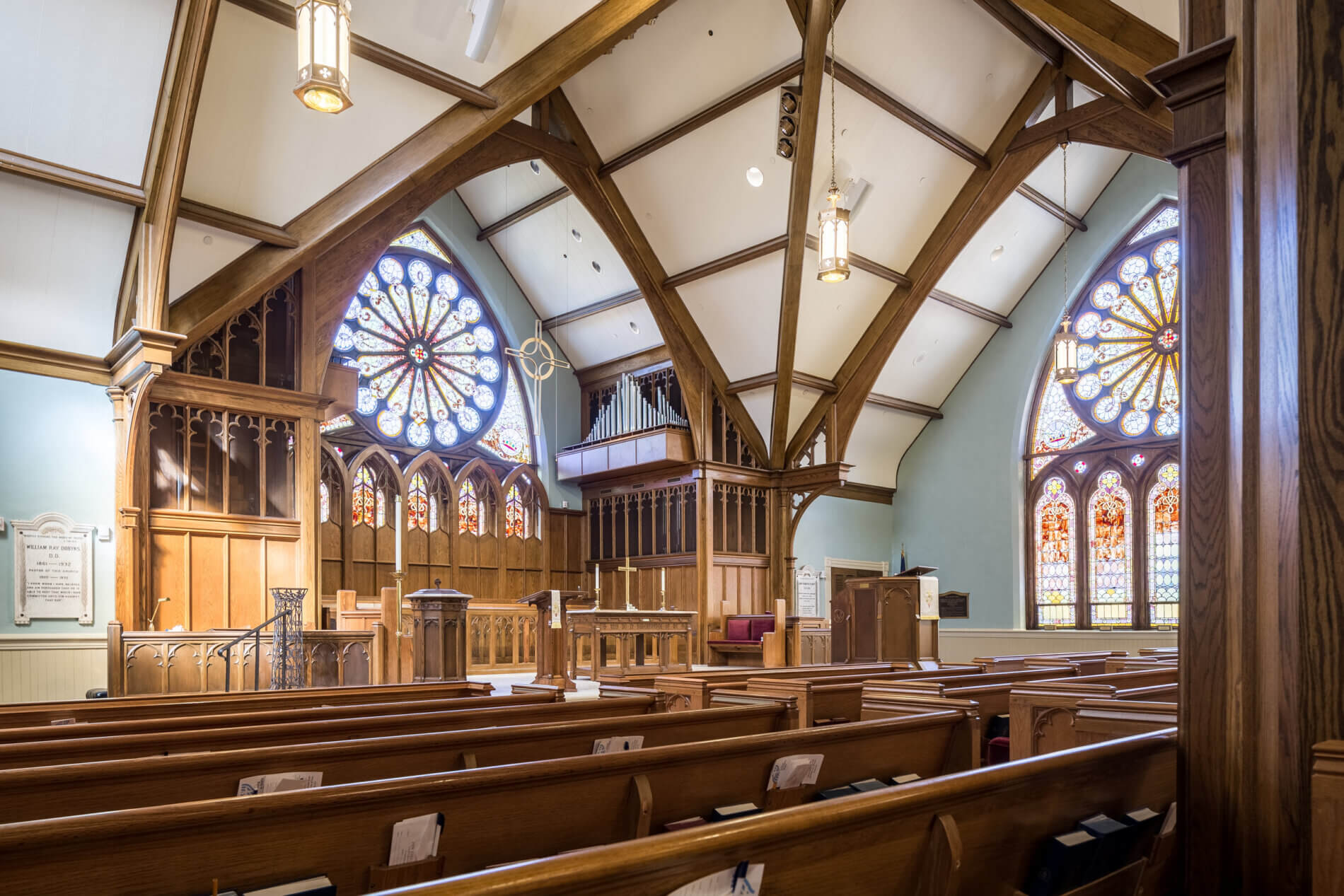
Highlands United Methodist Church
Location: 1045 20th St S, Birmingham, AL 35205
Website: https://www.highlandsumc.net/
About: Highlands United Methodist Church was established on December 2, 1903. The church’s initial gatherings took place at Phillip Alosi’s Palace Market. After a brief stint at the Five Points Chapel on 11th Avenue and 21st Street South, the church secured its permanent spot on the circle by purchasing the market lot for $15,000 on November 8. Plans for a majestic church were set in motion, with the original design attributed to New York architect Stanford White, later completed by P. Thornton Marye of Atlanta after White’s unfortunate demise in 1906. The construction contract, signed by R. A. Stockmar in September of that year, culminated in laying the cornerstone on April 7, 1907. By December, the congregation commenced services in the church’s basement, leading to the first official service in the new sanctuary on March 14, 1909.

Read More
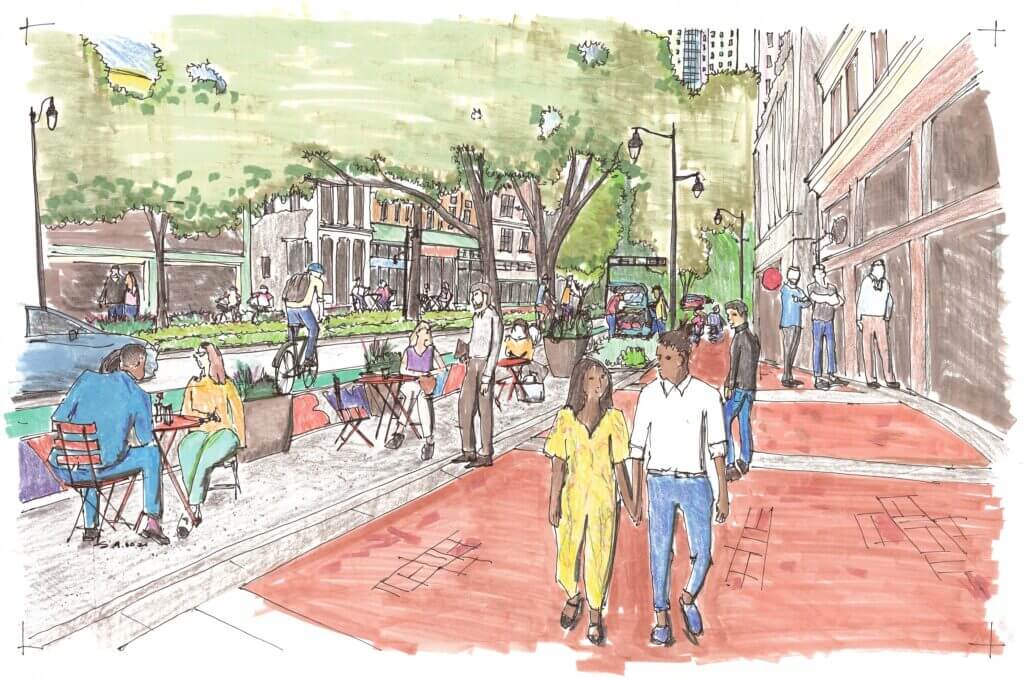
20th Street is getting a makeover! Here’s what to expect
We hope you’ve noticed that big things are happening on 20th Street North! For the first time in nearly 50 years, Birmingham’s main street is getting a face-lift. Here’s a rundown on what to expect from this project. The “hardscape” work will be done in four phases. Now that the first phase is complete on the northbound lane of 20th Street from 3rd Avenue North to Linn Park let’s talk about what gets done in each phase.
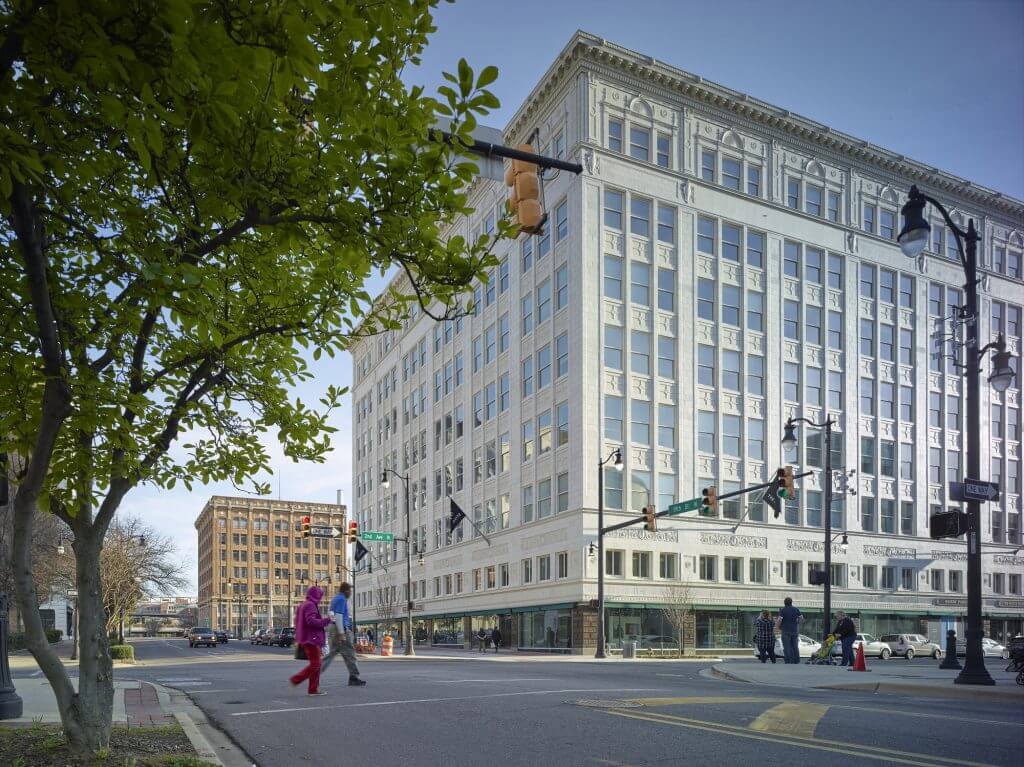
A historic retail block transformed: The Pizitz and New Ideal buildings then and now
Downtown Birmingham retail is regaining its strength now, with some of the department stores of yesteryear finding new life with different uses.